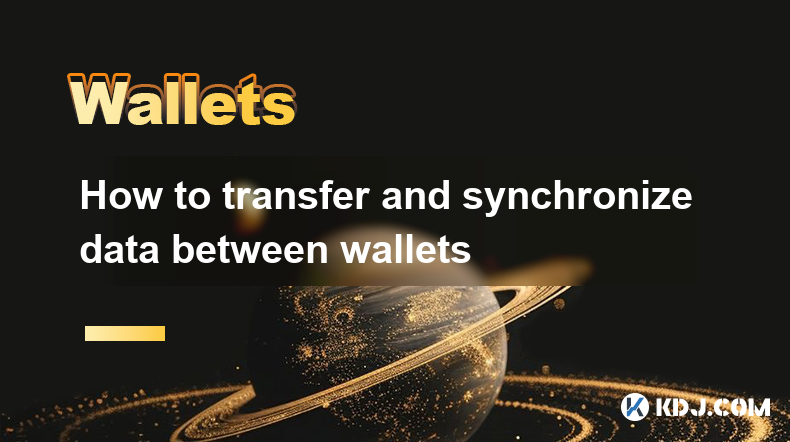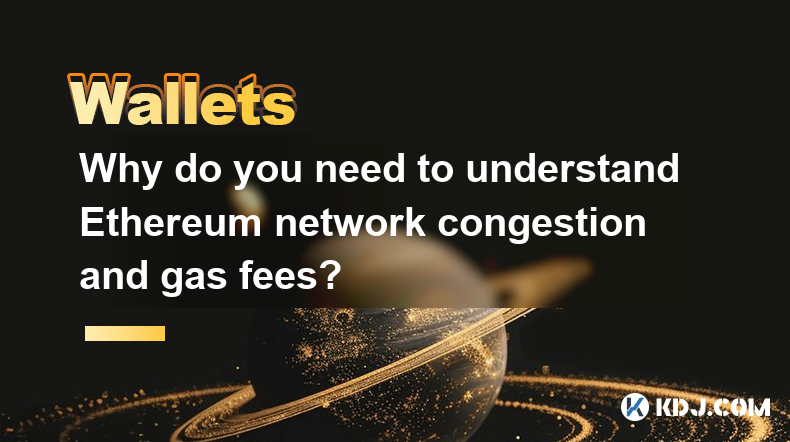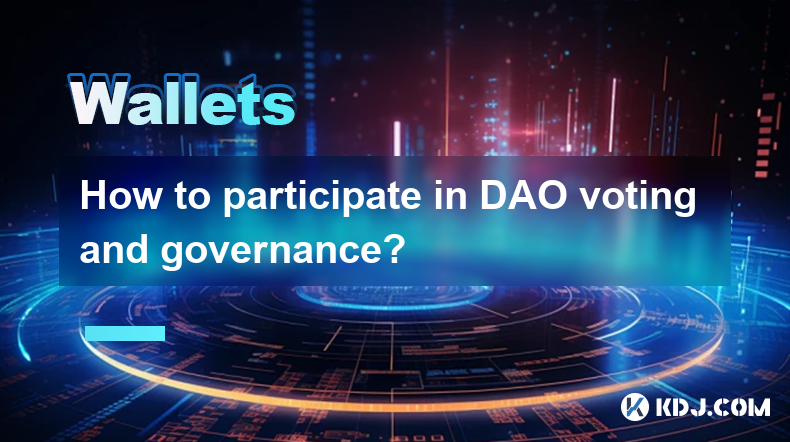-
 Bitcoin
Bitcoin $95,715.3004
-0.94% -
 Ethereum
Ethereum $2,806.2876
1.28% -
 XRP
XRP $2.5557
-1.49% -
 Tether USDt
Tether USDt $1.0002
0.02% -
 BNB
BNB $652.6771
-2.87% -
 Solana
Solana $168.2174
-2.97% -
 USDC
USDC $1.0000
-0.01% -
 Dogecoin
Dogecoin $0.2425
-1.61% -
 Cardano
Cardano $0.7659
-2.12% -
 TRON
TRON $0.2442
3.08% -
 Chainlink
Chainlink $17.6014
-1.95% -
 Sui
Sui $3.3249
-2.81% -
 Avalanche
Avalanche $24.5781
-5.79% -
 Stellar
Stellar $0.3300
-2.43% -
 Litecoin
Litecoin $128.4656
0.77% -
 Toncoin
Toncoin $3.7680
1.86% -
 Shiba Inu
Shiba Inu $0.0...01550
-0.98% -
 UNUS SED LEO
UNUS SED LEO $9.7669
0.55% -
 Hedera
Hedera $0.2109
-4.07% -
 MANTRA
MANTRA $8.4433
10.63% -
 Hyperliquid
Hyperliquid $23.7455
-3.48% -
 Polkadot
Polkadot $4.9401
-3.54% -
 Bitcoin Cash
Bitcoin Cash $324.4585
0.80% -
 Bitget Token
Bitget Token $4.9819
0.87% -
 Ethena USDe
Ethena USDe $1.0004
0.09% -
 Uniswap
Uniswap $9.0070
0.16% -
 Dai
Dai $0.9999
-0.01% -
 Monero
Monero $234.3494
0.38% -
 NEAR Protocol
NEAR Protocol $3.4176
-3.12% -
 Pepe
Pepe $0.0...09347
-2.85%
What is the Layer 2 network?
Layer 2 networks, built atop existing blockchains, enhance scalability and efficiency through various approaches such as state channels, plasma, rollups, and sidechains.
Feb 23, 2025 at 05:48 pm

Layer 2 Network: An Exploration of Solutions Enhancing Blockchain Scalability
Key Points:
- Definition of Layer 2 Networks: Architectures built on top of existing blockchains to enhance scalability and efficiency.
- Benefits of Layer 2 Networks: Increased transaction throughput, reduced transaction costs, and improved user experience.
- Types of Layer 2 Networks: Various approaches, including state channels, plasma, rollups, and sidechains.
- State Channels: Enables direct transactions between parties off-chain, settling final balances on-chain.
- Plasma: Creates child chains linked to the main chain, allowing for high-speed transactions and low costs.
- Rollups: Aggregates numerous transactions into single on-chain transactions, significantly improving scalability.
- Sidechains: Separate blockchains connected to the main chain, providing additional functionality and scalability.
- Factors to Consider When Choosing a Layer 2 Network: Scalability, security, liquidity, and use cases.
Types of Layer 2 Networks:
State Channels:
- Initiated between two parties who lock an amount of cryptocurrency in a smart contract.
- Transactions between parties occur off-chain, resulting in reduced transaction costs.
- Final balances are settled on-chain, ensuring the security of the transaction.
Plasma:
- Divides the blockchain into smaller child chains called Plasma chains.
- Layer 1 chain serves as the root chain, while Plasma chains handle high-volume transactions.
- Child chains submit hashes to the root chain for security, ensuring the reliability of transactions.
Rollups:
- Aggregates multiple transactions into a single on-chain transaction, known as a rollup.
- Transactions are verified and compressed, significantly increasing transaction throughput.
- Two main types of rollups: Optimistic rollups, which assume transaction validity and post them on-chain directly, and ZK-rollups, which provide cryptographic proofs of transaction validity.
Sidechains:
- Separate blockchains that run alongside the main blockchain.
- Facilitates transactions and applications that require specific functionalities or increased scalability.
- Linked to the main chain through a two-way peg, ensuring interoperability and security.
Factors to Consider When Choosing a Layer 2 Network:
- Scalability: The network's ability to handle high-volume transactions.
- Security: The measures in place to protect the network and user funds.
- Liquidity: The ability to easily convert assets between different networks.
- Use Cases: The specific applications and use cases that the network can support.
Frequently Asked Questions (FAQs):
Q: What are the benefits of using Layer 2 networks?
A: Layer 2 networks increase transaction throughput, reduce transaction costs, and enhance the overall user experience by resolving scalability limitations on the main blockchain.
Q: Which Layer 2 network is considered the best?
A: The best Layer 2 network depends on the specific application and use case requirements. Factors to consider include scalability, security, liquidity, and functionalities.
Q: How can Layer 2 networks improve scalability?
A: Layer 2 networks employ various techniques to improve scalability. State channels process transactions off-chain, Plasma uses child chains for high-speed transactions, rollups compress transactions for increased throughput, and sidechains provide additional blockchain capacity.
Q: What are the security considerations when using Layer 2 networks?
A: Security measures for Layer 2 networks are implemented through mechanisms such as smart contract audits, fraud proofs, and cryptographic proofs.
Q: How do Layer 2 networks contribute to the growth of the cryptocurrency industry?
A: Layer 2 networks play a critical role in the growth of the cryptocurrency industry by enhancing scalability and accessibility, expanding the potential for diverse applications and use cases on blockchains.
Disclaimer:info@kdj.com
The information provided is not trading advice. kdj.com does not assume any responsibility for any investments made based on the information provided in this article. Cryptocurrencies are highly volatile and it is highly recommended that you invest with caution after thorough research!
If you believe that the content used on this website infringes your copyright, please contact us immediately (info@kdj.com) and we will delete it promptly.
- Is Dogecoin Ready to Revolutionize the Crypto Market? A Deep Dive into Its Future Potential
- 2025-02-24 03:30:27
- The Best Crypto to Buy Before Bitcoin's Halving Shakes Things Up
- 2025-02-24 03:20:26
- The Search for Top Defi Projects Prime for a Breakout is Dominating Headlines
- 2025-02-24 03:20:26
- Cryptocurrency Explosion: What’s Next for Bitcoin, Ethereum, and Ripple?
- 2025-02-24 03:11:35
- What Lies Ahead for XRP in ... [+] 2025?
- 2025-02-24 03:05:26
- Solaxy, the First Solana Layer 2 Solution, Raises $23M in Presale Targeting Blockchain Scaling and Algorithmic Trading
- 2025-02-24 03:05:26
Related knowledge

What are cold storage and hot storage? Which one is safer?
Feb 22,2025 at 03:18pm
Key Points:Cold storage and hot storage are two methods of storing cryptocurrencies.Cold storage involves storing cryptocurrencies offline, while hot storage involves storing them online.Cold storage is generally considered safer than hot storage, as it is not connected to the internet and is therefore less susceptible to hacking.Cold StorageCold storag...

How to synchronize wallets in multiple devices and browsers
Feb 22,2025 at 09:18am
Key Points:Understand the different types of cryptocurrency wallets and their synchronization capabilities.Learn how to synchronize hardware wallets with multiple devices.Discover the steps involved in synchronizing software wallets across platforms.Explore the options for synchronizing mobile wallets on different devices.Gain insight into browser exten...

How to deal with theft of wallets or the leak of mnemonic words?
Feb 23,2025 at 12:36am
Key PointsUnderstanding the Different Types of Wallet TheftSteps to Take If Your Wallet Is Stolen or Mnemonic Words LeakedPreventive Measures to Protect Your Crypto AssetsFrequently Asked QuestionsHow to deal with theft of wallets or the leak of mnemonic words?Understanding the Different Types of Wallet TheftHot Wallet Theft:Hot wallets are connected to...

How to transfer and synchronize data between wallets
Feb 21,2025 at 12:25pm
Key Points:Understanding different wallet types and their capabilitiesIdentifying similarities and differences between walletsExploring options for transferring and synchronizing dataEnsuring data security and integrity during transferAddressing common challenges and troubleshooting tipsHow to Transfer and Synchronize Data Between Cryptocurrency Wallets...

Why do you need to understand Ethereum network congestion and gas fees?
Feb 21,2025 at 04:48am
Key PointsUnderstanding Ethereum Network Congestion and Gas FeesGas Fees ExplainedFactors Affecting Network CongestionStrategies for Minimizing Gas FeesImpact of Ethereum UpgradesUnderstanding Ethereum Network Congestion and Gas FeesThe Ethereum network is a decentralized platform that hosts a vast ecosystem of decentralized applications (dApps), non-fu...

How to participate in DAO voting and governance?
Feb 21,2025 at 03:42pm
Key Points:Overview of DAO Voting and GovernanceUnderstanding DAO Structures and MembershipRole of DAO Tokens and Voting RightsParticipating in Voting and Proposal SubmissionLeveraging Governance Tools and PlatformsImpact of Voting Participation on DAO OutcomesBest Practices for Effective DAO GovernanceHow to Participate in DAO Voting and Governance1. U...

What are cold storage and hot storage? Which one is safer?
Feb 22,2025 at 03:18pm
Key Points:Cold storage and hot storage are two methods of storing cryptocurrencies.Cold storage involves storing cryptocurrencies offline, while hot storage involves storing them online.Cold storage is generally considered safer than hot storage, as it is not connected to the internet and is therefore less susceptible to hacking.Cold StorageCold storag...

How to synchronize wallets in multiple devices and browsers
Feb 22,2025 at 09:18am
Key Points:Understand the different types of cryptocurrency wallets and their synchronization capabilities.Learn how to synchronize hardware wallets with multiple devices.Discover the steps involved in synchronizing software wallets across platforms.Explore the options for synchronizing mobile wallets on different devices.Gain insight into browser exten...

How to deal with theft of wallets or the leak of mnemonic words?
Feb 23,2025 at 12:36am
Key PointsUnderstanding the Different Types of Wallet TheftSteps to Take If Your Wallet Is Stolen or Mnemonic Words LeakedPreventive Measures to Protect Your Crypto AssetsFrequently Asked QuestionsHow to deal with theft of wallets or the leak of mnemonic words?Understanding the Different Types of Wallet TheftHot Wallet Theft:Hot wallets are connected to...

How to transfer and synchronize data between wallets
Feb 21,2025 at 12:25pm
Key Points:Understanding different wallet types and their capabilitiesIdentifying similarities and differences between walletsExploring options for transferring and synchronizing dataEnsuring data security and integrity during transferAddressing common challenges and troubleshooting tipsHow to Transfer and Synchronize Data Between Cryptocurrency Wallets...

Why do you need to understand Ethereum network congestion and gas fees?
Feb 21,2025 at 04:48am
Key PointsUnderstanding Ethereum Network Congestion and Gas FeesGas Fees ExplainedFactors Affecting Network CongestionStrategies for Minimizing Gas FeesImpact of Ethereum UpgradesUnderstanding Ethereum Network Congestion and Gas FeesThe Ethereum network is a decentralized platform that hosts a vast ecosystem of decentralized applications (dApps), non-fu...

How to participate in DAO voting and governance?
Feb 21,2025 at 03:42pm
Key Points:Overview of DAO Voting and GovernanceUnderstanding DAO Structures and MembershipRole of DAO Tokens and Voting RightsParticipating in Voting and Proposal SubmissionLeveraging Governance Tools and PlatformsImpact of Voting Participation on DAO OutcomesBest Practices for Effective DAO GovernanceHow to Participate in DAO Voting and Governance1. U...
See all articles




















































































